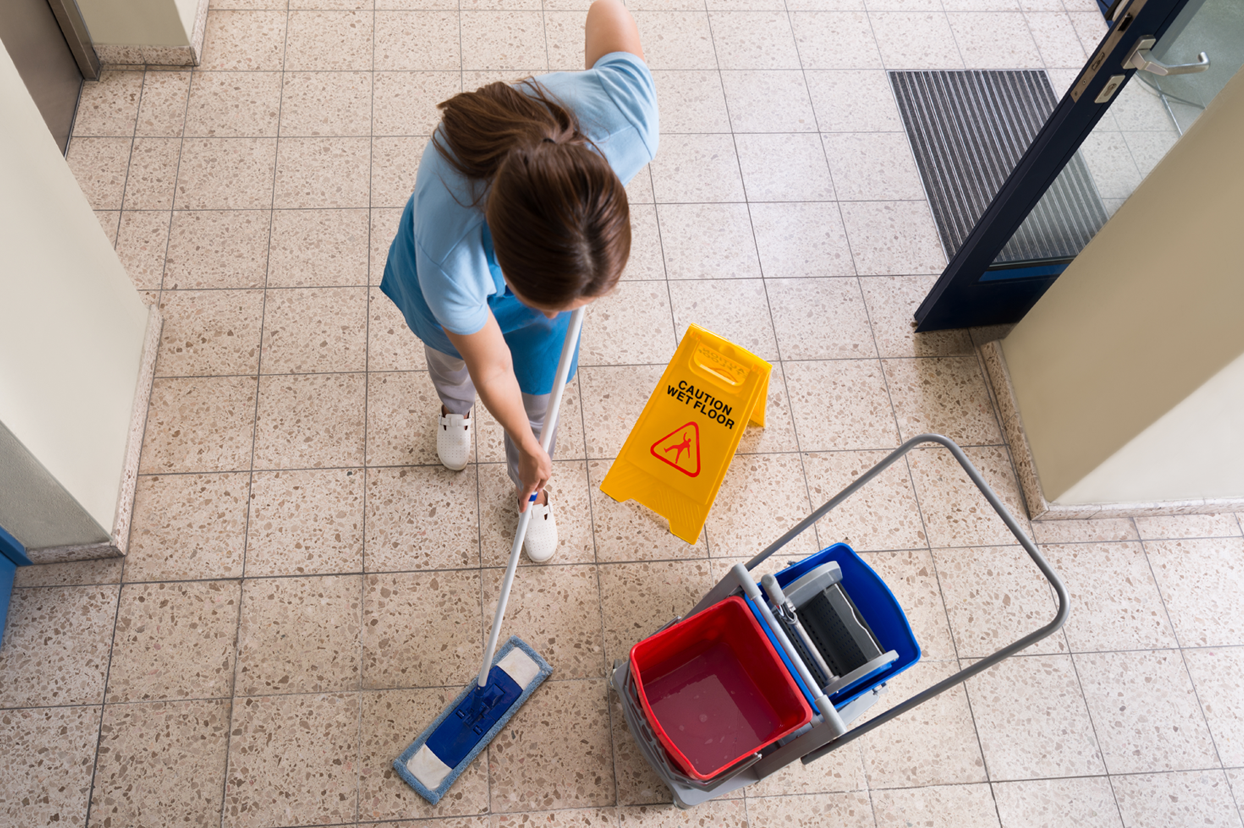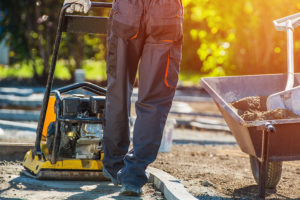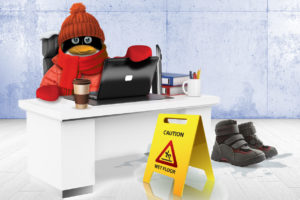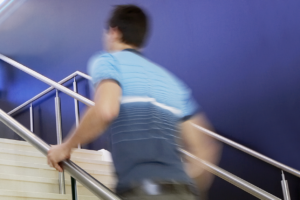March 4, 2024
How floors can help prevent slips and falls
By Dana Mickelson, CSP, ARM
While some slips and falls result in only minor injuries, they can be much more serious, causing fractures, sprains, strains, abrasions and even death. They have the potential to be disabling, with claim costs in the tens of thousands or even hundreds of thousands of dollars.
According to the most recent data from the U.S. Bureau of Labor Statistics (BLS), work-related fatalities due to falls slips, and trips have increased in recent years:
- 805 fatalities in 2020
- 850 fatalities in 2021
- 865 fatalities in 2022
These are all reasons to take slip-and-fall prevention seriously at your workplace, starting with the floors.
Choose slip-resistant flooring
When you’re choosing flooring, don’t choose just based on cost and aesthetics. Consider the floor’s slip resistance and the space and environment in which it will be used, too. There are several floor materials available on the market — quarry, ceramic, porcelain, vinyl composition tile, terrazzo, rubber tiles, concrete, marble, granite, etc.
Most types of flooring have good slip resistance when dry, but when wet, they have fair to poor slip resistance unless they are treated or textured. Most flooring materials become extremely slippery once water plus a contaminant, like grease, is present.
Use slip-resistant treatments for existing flooring
If you’re not in a position to replace your flooring with a more slip-resistant material, you can treat your floors to decrease the risk of slips and falls. The caveat with all of these options is that they typically lose their effectiveness over time and must be reapplied.
Options to treat flooring include:
- Abrasive floor coatings: These coatings include gritty substances such as aluminum oxide or walnut shells to improve traction of otherwise smooth flooring
- Chemical etching: This is an acid wash that’s typically applied to natural stone floors, concrete and porcelain that makes the floor surface rougher
- Carpeting: Covering your floor with carpet is another option to prevent slips and falls
Clean floors properly
When cleaning your floors, even small details like the temperature of water used for mopping can significantly affect their slip resistance (or lack thereof).
That’s why it’s important to have a floor-cleaning protocol that includes:
- Identifying the appropriate cleaning tools (deck brushes, squeegees, etc.) and solvent (for example, some solvents remove rust and scale, others consume oil)
- Determining how often the floors must be cleaned
- Thoroughly training all employees who clean floors
When training, be sure to include the proper water temperature and whether the floors must be rinsed after cleaning with the solvent. For example, an alkaline solvent used in a greasy kitchen could actually make the floor more slippery if not rinsed off after cleaning, so proper training is really important.
Maintain good housekeeping
Excellent housekeeping results in clean and clutter-free floors, preventing slips, trips and falls.
Here are three simple tips to improve housekeeping:
- Clean up spills promptly and use wet floor signs
- Keep cords out of the way of walkways or work areas as much as possible. You can tie cords together, use cord covers, or hang cords from the ceiling
- Designate walking aisles in warehouses, manufacturing environments, etc.
Also, develop a housekeeping program. For example, dedicate the last five minutes of each shift as clean-up time.
Don’t wax and strip — scrub!
SFM has seen extremely serious injuries result from employees falling while waxing and stripping the floors.
To prevent these types of injuries, consider investing in a floor scrubber. Floor scrubbers are great because most only require water, and they negate the need to wax and strip the floors. Not only will a scrubber help keep your employees safe, it might pay for itself over time.
If employees must strip and wax the floors, ensure they wear stripping overshoes to increase traction and reduce their risk of slipping.
Maximize the benefit of floor mats
Floor mats at entrances allow people to walk off the rain, snow and other contaminants they’ve gathered on their shoes to help keep the rest of the floor dry.
Here are a few tips for using floor mats to maximize effectiveness and prevent them from becoming a source of trips and falls:
Provide mats that are long enough for people to adequately wipe contaminants off their shoes. Mats should be the longest in snowy weather (about 10-12 walking steps) and can be the shortest (6-8 steps) in dry weather.
- Select mats with beveled edges and non-slip backing
- Do not overlap mats
- Don’t leave gaps between mats
- Avoid rolled up edges
- Inspect mats for wear and replace them when needed
Slips and falls can cause anything from simple embarrassment to serious head injuries, and they can happen to anyone. Doing what you can to make your floors more slip resistant is one way you can prevent slips and falls. Requiring your employees to wear slip-resistant shoes can also help.
For more resources to prevent slips and falls, visit our safety page.
Originally published June 2017; updated March 2024.





